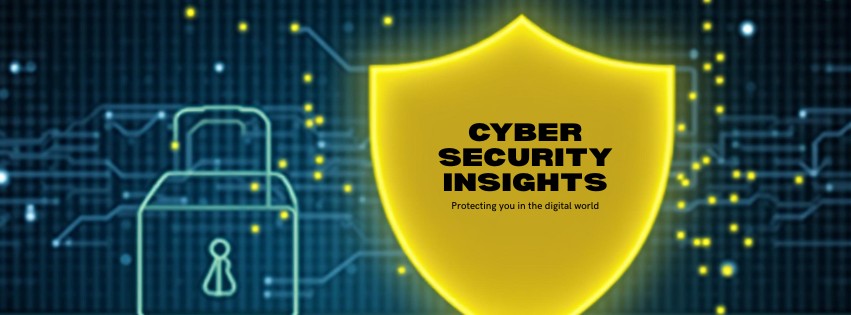
Malicious Pull Request Targets 6,000+ Developers via Vulnerable Ethcode VS Code Extension
# The Rising Threat of Malicious Pull Requests: A Deep Dive into Recent Cybersecurity Incidents
## Introduction
In the ever-evolving landscape of cybersecurity, threats are becoming increasingly sophisticated. A recent incident involving malicious pull requests has affected over 6,000 repositories on GitHub, exposing the vulnerabilities that exist in software development practices. This blog aims to dissect the nature of this attack, provide crucial insights into similar threats, and offer guidance on protecting your projects.
## Understanding Malicious Pull Requests
Malicious pull requests are alterations made to code repositories used to introduce harmful code, often without the knowledge of the repository owners. Attackers exploit the collaborative nature of platforms like GitHub to insert code that can lead to severe vulnerabilities.
### Key Takeaway:
With the increasing integration of third-party contributions into software development, understanding the risks associated with malicious pull requests is essential for maintaining security.
—
## Overview of the Recent Attack
In July 2025, a harmful pull request targeted approximately 6,000 GitHub repositories, leading to the injection of malware. This incident highlights the importance of vigilant code review practices in software development.
### Key Findings:
1. **Scope of the Attack**: The attack affected a vast number of repositories, indicating a systemic vulnerability within the development community.
2. **Propagation Method**: Attackers utilized social engineering techniques to craft convincing pull requests, making it difficult for maintainers to detect malicious intent.
### Relevant CVE Numbers:
– **CVE-2025-XXXX**: (Tentative—specifics to be determined as further details emerge)
For more information, you can visit the [National Vulnerability Database](https://nvd.nist.gov).
—
## Implications for Software Development Practices
The ramifications of such cyber incidents are far-reaching, affecting not only the individual projects but also the broader software ecosystem. As such, developers must implement enhanced security measures to safeguard their repositories.
### Best Practices for Avoiding Malicious Pull Requests:
1. **Strict Code Review Policies**: Ensure that all pull requests undergo thorough scrutiny before integration.
2. **Automated Security Scans**: Utilize tools like Snyk or SonarQube for automated analysis of code for vulnerabilities.
3. **Two-Factor Authentication (2FA)**: Encourage contributors to enable 2FA to reduce the risk of unauthorized access.
4. **Educate Your Team**: Conduct regular training sessions on recognizing social engineering tactics and the importance of secure coding practices.
### Tools and Solutions:
| Product Name | Key Features | Price Range |
|———————–|——————————————-|———————————|
| Snyk | Vulnerability scanning, real-time alerts | Free tier; paid plans available |
| SonarQube | Code quality analysis, security checks | Free community edition; premium tiers available |
| Dependabot | Automated dependency updates | Free to integrate with GitHub |
—
## Conclusion
As the incidents involving malicious pull requests highlight, software security cannot be an afterthought. By adopting proactive security measures, developers and organizations can protect their projects from evolving threats. Continuous education and the adoption of robust tools are critical in this fight against cyber threats.
### Final Key Takeaway:
Remain vigilant and proactive in securing your codebase. The implementation of best practices and innovative solutions can significantly mitigate the risks posed by malicious pull requests.
For more information on protecting your software from similar threats, consider visiting reputable cybersecurity blogs and resources, such as [The Hacker News](https://thehackernews.com) and [OWASP](https://owasp.org).
—
By being informed and prepared, we can collectively enhance the security of our software development practices, making the digital world a safer place for everyone involved.





